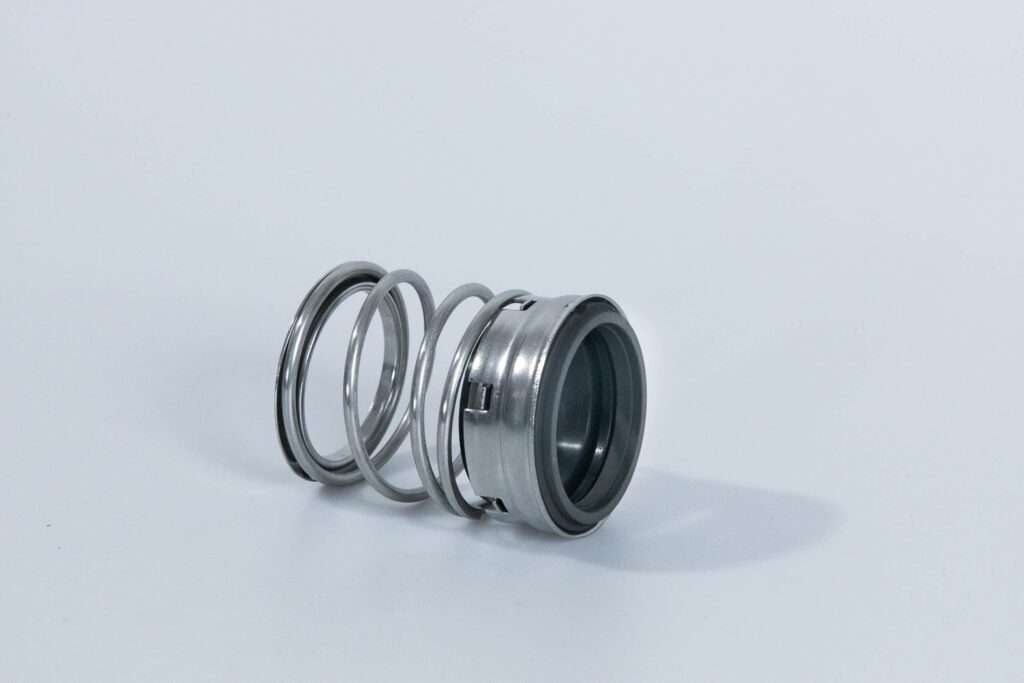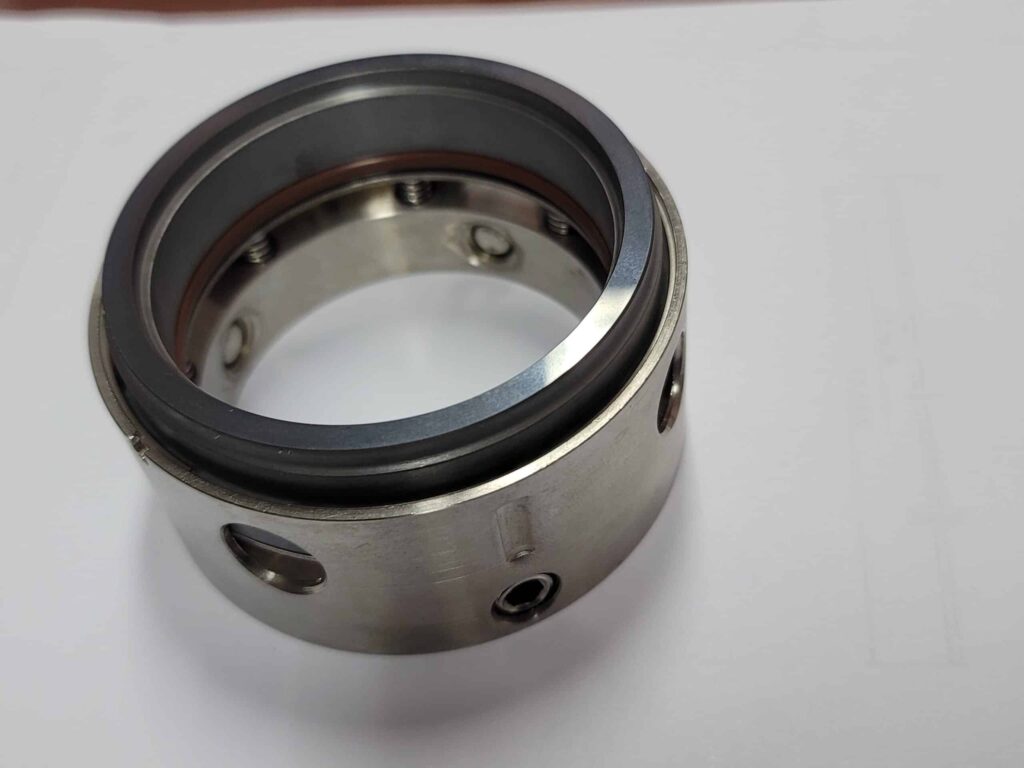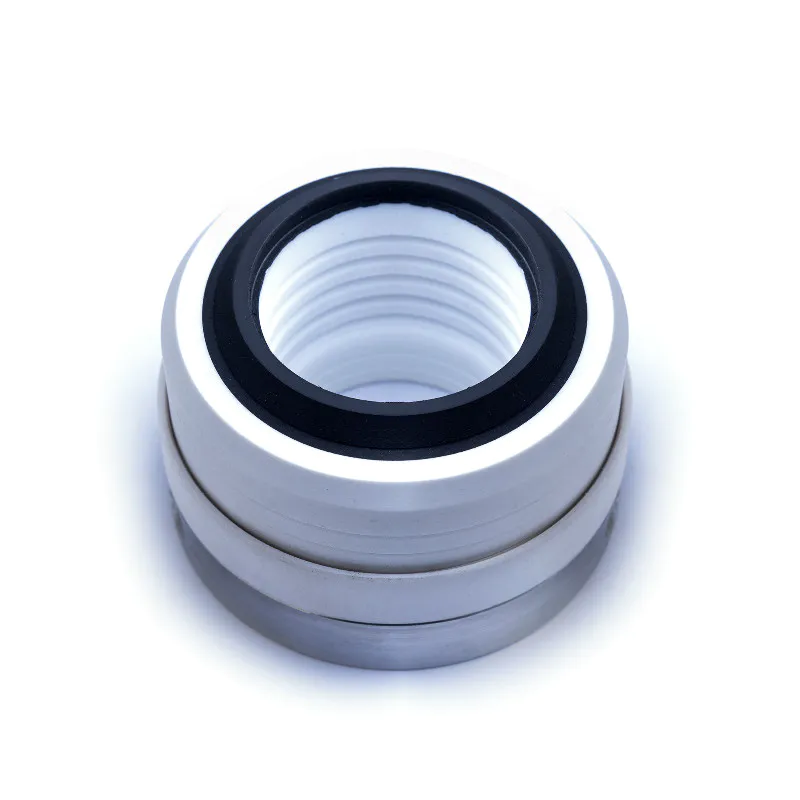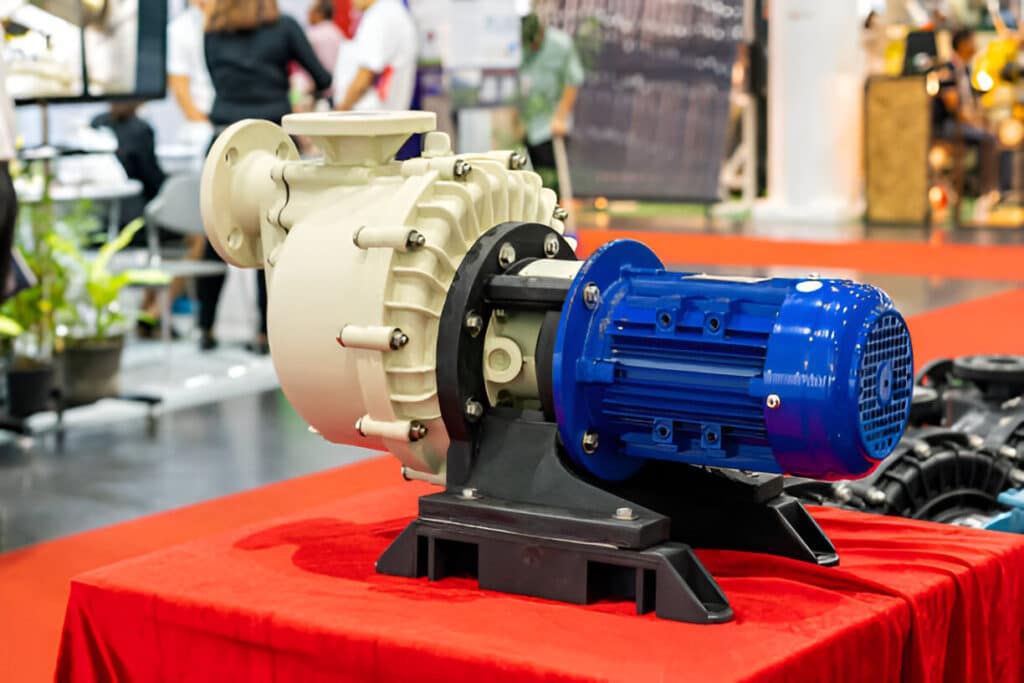
Do you want to extend the life of your pump and ensure its efficient operation? Understanding pump seal flush is crucial. A pump seal flush is a system that injects a clean, compatible fluid into the pump seal chamber. This prevents the process fluid from entering the seal faces, reducing wear and tear.
By the end of this post, you’ll know the importance of pump seal flush and how to implement it effectively, ensuring your pump’s longevity and optimal performance.
What Is Pump Seal Flush
A pump seal flush is a system that introduces clean liquid to the seal chamber of a pump to cool, lubricate and clean the mechanical seal. The flush liquid is typically taken from the pump discharge or an external source and circulated through the seal chamber.
Pump seal flush systems are commonly used in applications where the pumped fluid is dirty, abrasive, or contains solids that could damage the seal faces. They are also used when the pumped fluid is near its boiling point or when the seal chamber temperature needs to be controlled.
How Does Pump Seal Flush Work
The flush liquid is usually taken from the pump discharge or an external source. It is then piped into the seal chamber at a pressure higher than the process fluid. This creates a positive flow into the pump, preventing process fluid from entering the seal chamber.
The flush liquid can be the same as the process fluid or a compatible clean liquid. Common flush liquids include water, glycol, or oil.
The Purpose of Pump Seal Flush
- Extended Seal Life: By acting as a lubricant, the flush liquid reduces friction between the seal faces, helping to minimize wear and tear and thereby extending the seal’s lifespan.
- Heat Dissipation: Mechanical seals generate heat due to friction, which can lead to premature failure. The flush liquid absorbs this heat and carries it away from the seal, helping to dissipate it and maintain proper operating temperatures.
- Cleanliness Maintenance: In applications where pumped fluids may contain solids or contaminants, the flush liquid helps to keep the seal faces clean by washing away these particles.
- Leakage Prevention: By maintaining a higher pressure in the seal chamber compared to the pump casing, the flush liquid helps to prevent the pumped fluid from leaking into the atmosphere.
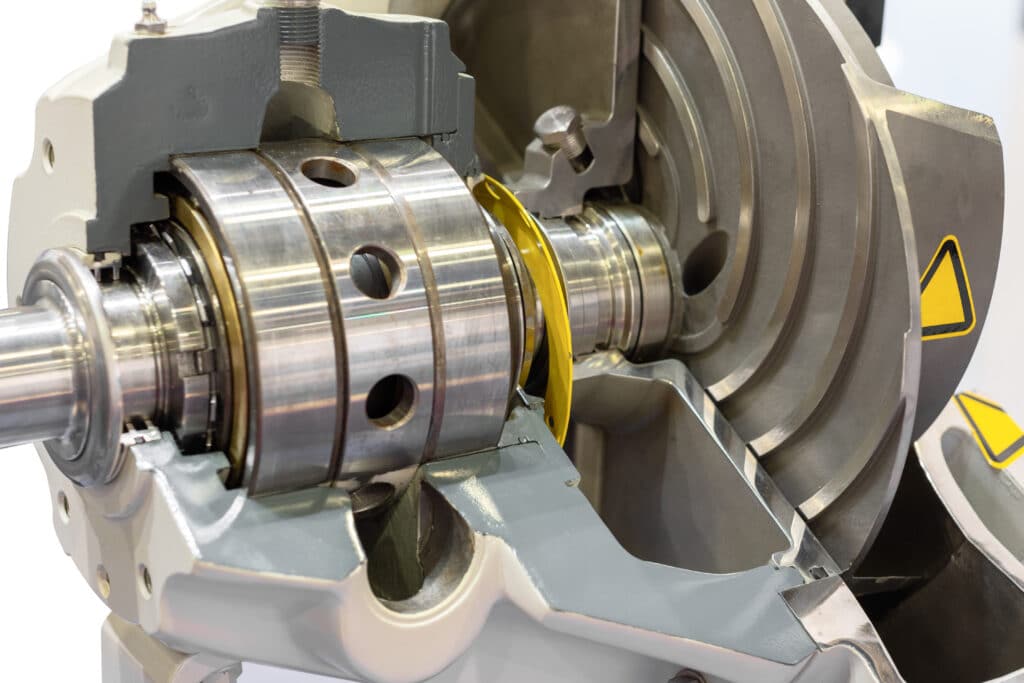
How to Flush a Mechanical Seal
Step 1
To flush a mechanical seal, start by selecting an appropriate flushing fluid. The fluid should be compatible with the process fluid and the seal materials. It should also have good heat transfer properties and not promote corrosion.
Step 2
Next, ensure that the flushing system is properly connected to the seal chamber. There should be a clean, reliable supply of flushing fluid at the correct pressure and flow rate. The fluid should enter the seal chamber at the lowest point and exit at the highest point to promote good circulation.
Step 3
During operation, monitor the temperature and pressure of the flushing fluid. Adjust the flow rate as needed to maintain the desired conditions.
Step 4
When shutting down the equipment, maintain the flushing flow until the seal chamber has cooled down. This will prevent thermal shock and distortion of the seal faces.
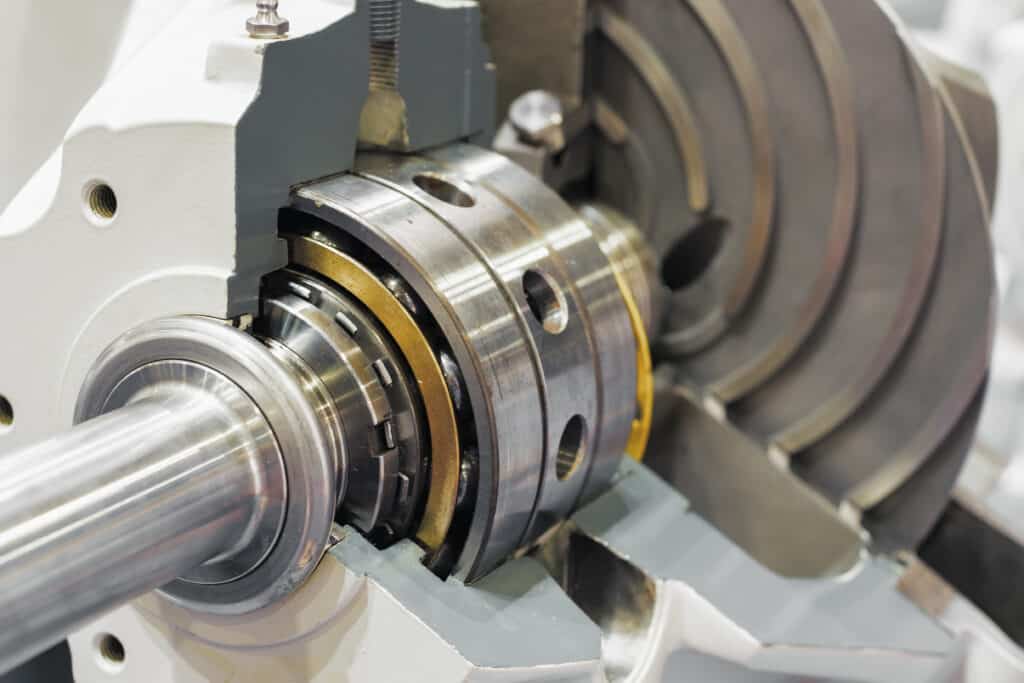
What Are the Common Problems with Pump Seal Systems
- Incorrect Flush Fluid Pressure: If the flush pressure is lower than the pump’s pressure , process fluid may enter the seal chamber, causing damage.
- Wrong Flush Fluid: Using a flush fluid that is incompatible with the process fluid or seal materials can lead to seal degradation and failure.
- Insufficient Flush Flow: Inadequate flow rate can result in insufficient cooling and lubrication of the seal, leading to overheating and premature failure.
- Contamination: Contaminants entering the flush system through process leaks or improper maintenance can clog filters and damage seal faces.
- Improper Flush Piping Installation: Incorrectly sized or improperly routed flush piping can restrict flow and cause vibration issues.
When Do You Need Pump Seal Flush
High Temperature Process Fluids
High temperature process fluids can cause the seal to overheat. Flushing helps to cool the seal and maintain its temperature within acceptable limits.
Dirty or Abrasive Process Fluids
Dirty or abrasive process fluids can clog or damage the seal faces. Flush liquid helps to clean the seal faces and prevent particulate buildup.
Fluids That Solidify at Ambient Temperatures
Some process fluids may solidify or crystallize when exposed to ambient temperatures. Flushing keeps the seal area clean and prevents solidification near the seal. It allows the seal to operate freely without obstruction.
Fluids Not Suitable for Lubricating Seal Faces
Some process fluids are not suitable for directly lubricating the seal faces. In such cases, an external flush liquid is used to lubricate the seal.
Environmental or Safety Regulations
Regulations may require a flush for environmental or safety reasons. This is common when dealing with hazardous or toxic process fluids.
FAQs
How much water is required for a mechanical seal flush
Typically, a flow rate of 0.5 to 2 gallons per minute is recommended. Larger seals or higher temperatures may require higher flow rates.
Can a pump seal flush system be retrofitted to an existing pump
Yes, a pump seal flush system can be retrofitted to an existing pump, depending on the pump design and the available space for installation.
Conclusion
Pump seal flush is a critical process that helps maintain the integrity and performance mechanical seals in pumps. By understanding its purpose and implementing the appropriate flushing method, you can extend the life of your seals and minimize downtime.
Consult with a trusted supplier to find the best flushing solution for your specific application.


